Unsigned pieces are the unsung heroes of the estate jewelry market.
“Is it signed?” This is one of the most oft-repeated questions when it comes to buying antique or vintage jewelry. It frequently precedes questions about the period or even the gemstones, as if it were a prerequisite to any conversation. The signature — and when we say “signature,” we usually mean from a well-known house — is seen as a guarantee of quality and value, as well as an essential point of attraction for the final buyer.
The reality, however, is that the vast majority of secondhand jewelry that sells through auction houses, merchants, galleries or specialized websites does not bear a signature. Perhaps it is time to revisit the role and value of unsigned jewelry in today’s market.
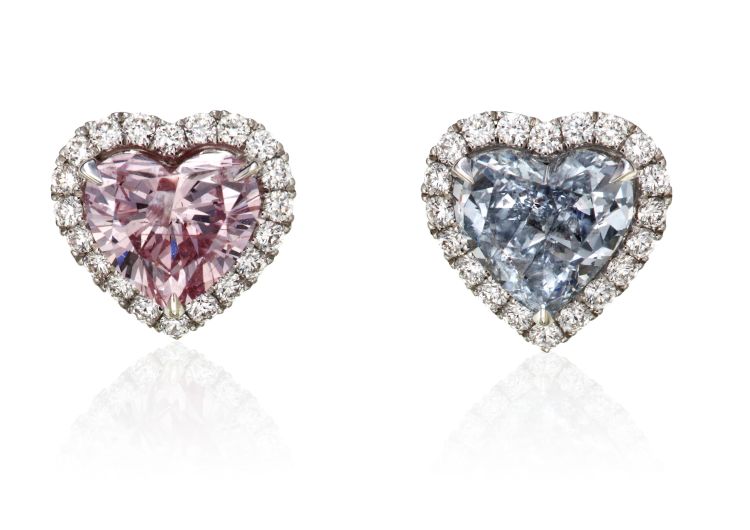
Asking the important questions
To do this, we have to go back to the fundamentals and ask ourselves: Why do we buy jewelry? The question seems simple, yet it is a key that opens many doors and generates multiple answers. Buying a jewel can be a sentimental act, an aesthetic choice, an investment, or a means of identifying with a group. Yet none of these reasons requires the piece to have a signature.
For a sentimental purchase, the only consideration that matters is the meaning the jewel carries. A girl may receive a pretty pendant from her parents for her 18th birthday. Someone may buy their significant other a piece to express their shared love, while best friends may exchange jewels that symbolize their friendship. The jewelry becomes part of one’s life journey, perhaps passing down from generation to generation. In these cases, the signature is entirely optional.
Buying a piece because you find it aesthetically pleasing, meanwhile, is mainly about trusting yourself and believing in your taste — acts that can require a lot of courage in a world flooded with standards. So you like the jewel at first sight, you try it on, and you feel incredible looking at yourself in the mirror? This experience is priceless; some would say it should be the primary reason for any jewelry purchase. The signature does not matter here, either.
Talking about jewelry as an investment is undoubtedly prohibitive for some, but this practice is a market reality. A signature from a renowned jewelry house can make a piece more profitable in the mid- to long term. However, that’s only true in specific and relatively rare cases. Understanding the movements of the diamond and gemstone market will lead to a more informed investment purchase, signature or not.
Finally, for those buying to identify with a group, the choice of jewelry depends mainly on the influence and power of marketing. While a signature can say a lot, fashionability is more often the deciding factor. The fashion cycle is unpredictable and fleeting; people may rush to wear a particular style, but only until the next cycle starts. The desirable element could be the jeweler’s name, but it might also be a motif, a stylistic period, a specific color, or myriad other factors that have little to do with signatures.
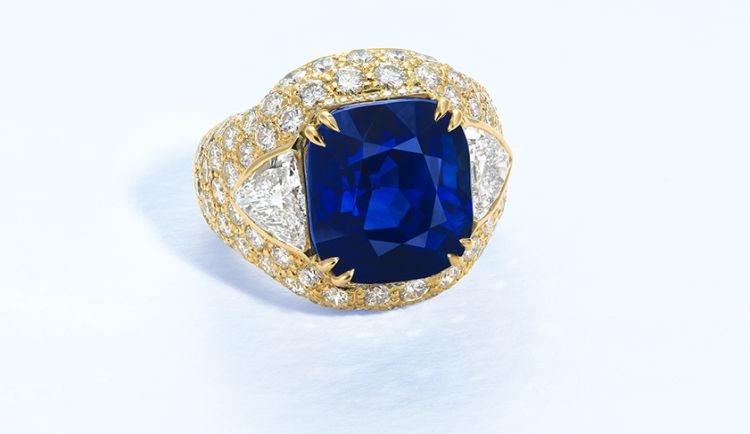
Knowledge is value
Given all this, unsigned jewelry deserves a second look. Of course, navigating this sometimes nebulous category requires in-depth knowledge; you have to understand the jewelry world inside and out. It is up to jewelry professionals to educate their customers so they have a genuine appreciation of unsigned items.
Greater access to information about the jewelry we buy adds to its value. Let’s remember that in the not-so-distant past, we wouldn’t mention whether a gemstone was treated or not, and we had little interest in the Art Nouveau, Art Deco or Retro periods. Today, people are aware of these features and know better how to appreciate them regardless of the maker.
The very concept of the signature is worth reexamining. What makes a signature valuable? The answer lies mainly in its recognizability. So many names that once enjoyed an enviable reputation no longer boost a piece’s worth. Who today thinks much about the signatures of Oscar Massin or Dusausoy? You have to be deeply knowledgeable to see why they would be of interest. These houses have not made it to our contemporary world; their current value is not linked to their past fame.
Conversely, some lesser-known signatures have been rediscovered — as have the creators of some unmarked pieces. How many people bought Suzanne Belperron jewelry, never signed, without knowing it in the early 1980s? It took the 1987 Sotheby’s auction of the duchess of Windsor’s jewelry to draw renewed attention to the French designer, who had previously been known only to insiders.
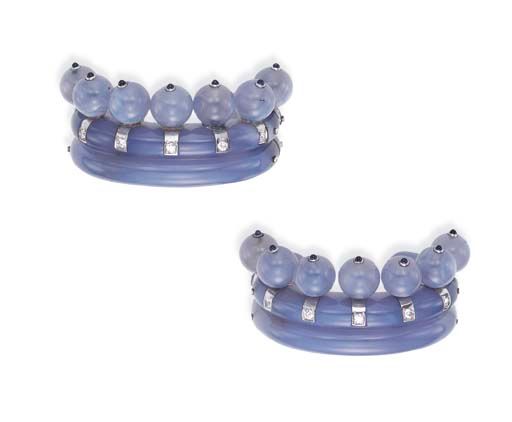
Mark of distinction
Beyond these relative notions of value, buying an unsigned jewel is among the surest marks of a great connoisseur. When you do not have a signature to help you appreciate a jewel, you have to rely on other factors, such as the exact characteristics of the gemstones, the quality of the craftsmanship, an analysis of the style and aesthetics, and the prevailing market prices. Being able to identify a piece’s quality from its intrinsic attributes alone suggests good instincts and strong jewelry expertise.
Signed or not, jewelry is ultimately made to be worn. Whatever the reasons for purchasing it, the hope is that the jewels will bring joy to their owners. That is probably the best advice jewelry professionals can give their clients: Buy what you like, and wear what you have.
Main image: A Kashmir sapphire and diamond bracelet that sold at Christie’s Geneva in November 2020. Photo: Christie’s.

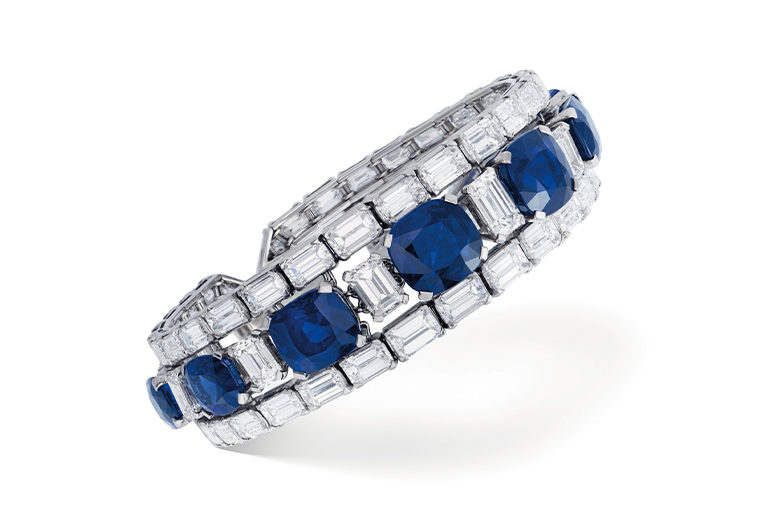
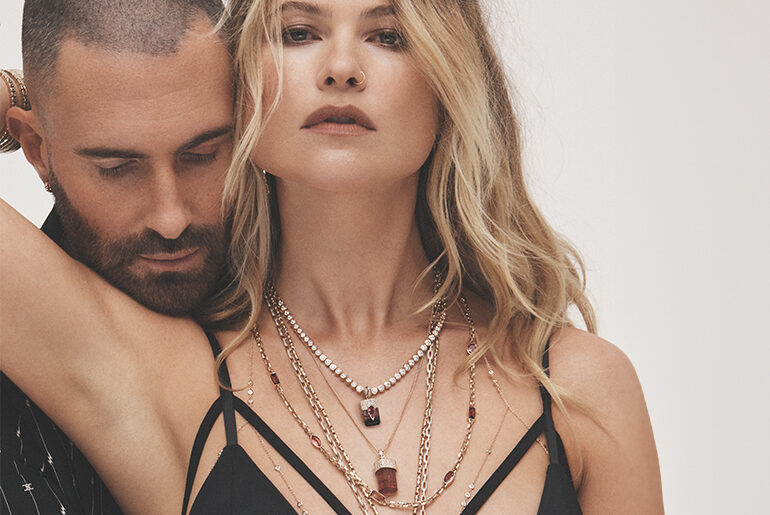
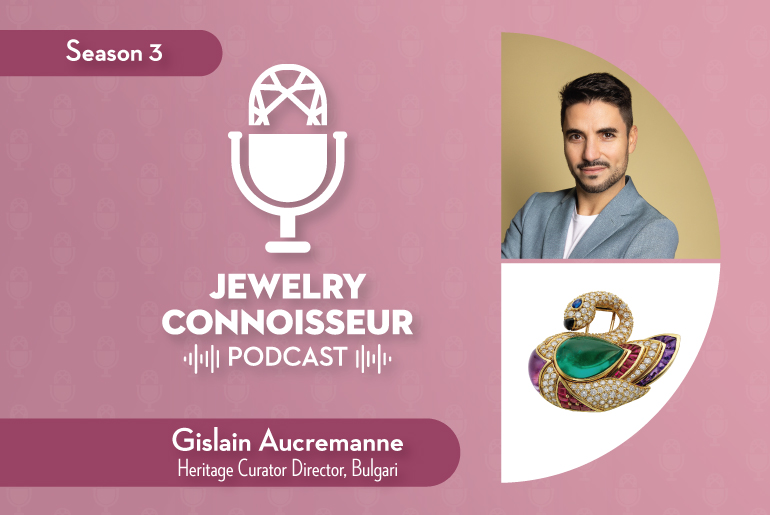
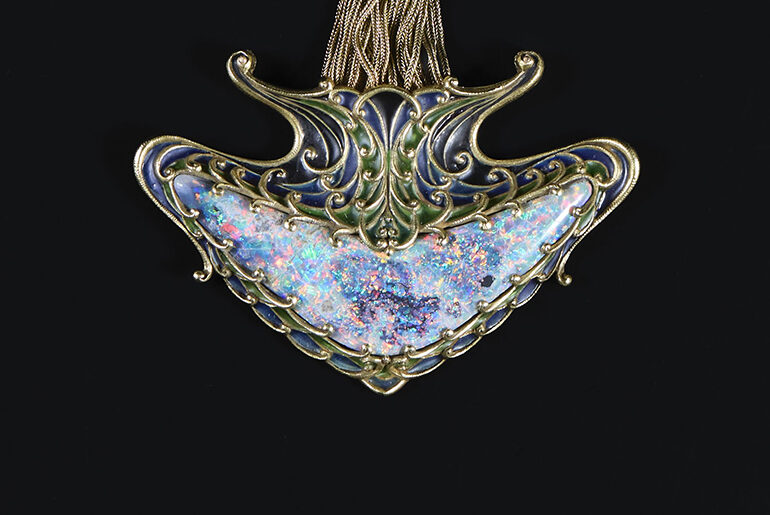
6 Comments
I was pretty pleased to discover this great site. I need to to thank you for your time for this particularly fantastic read!! I definitely appreciated every part of it and I have you book marked to see new stuff on your blog
I like what you guys are usually up too. Such clever work and coverage! Keep up the awesome works guys I’ve included you guys to my own blogroll.
Pingback: Las Vegas Antique Jewelry & Watch Show 2022 - Jewelry Connoisseur
I have been exploring for a bit for any high quality articles or blog posts in this sort of area . Exploring in Yahoo I eventually stumbled upon this web site. Reading this information So i am satisfied to convey that I have a very excellent uncanny feeling I found out exactly what I needed. I so much unquestionably will make sure to do not omit this website and provides it a glance regularly.
I like what you guys are up too. Such smart work and reporting! Carry on the superb works guys I have incorporated you guys to my blogroll. I think it’ll improve the value of my website 🙂
There are some interesting closing dates on this article but I don’t know if I see all of them heart to heart. There may be some validity but I’ll take hold opinion till I look into it further. Good article , thanks and we want more! Added to FeedBurner as properly